What Happened Today, May 20th
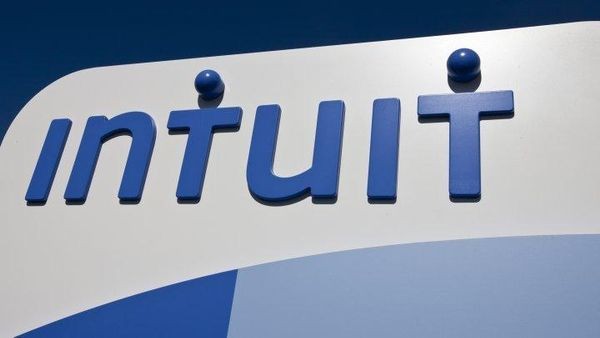
Microsoft Corp. and Intuit Inc. agreed to terminate their planned merger in order to avoid a Justice Department charge of violating antitrust laws. In the intervening three years, Microsoft continued to struggle against federal investigation of its dominance in the personal computer software market. Bill Gates' company had originally agreed to acquire Intuit in October 1994 in a deal worth roughly $2 billion but abandoned the plan after the Justice Department began an investigation of whether the move would give Microsoft too much dominance in the personal finance software market.
What Happened This Week
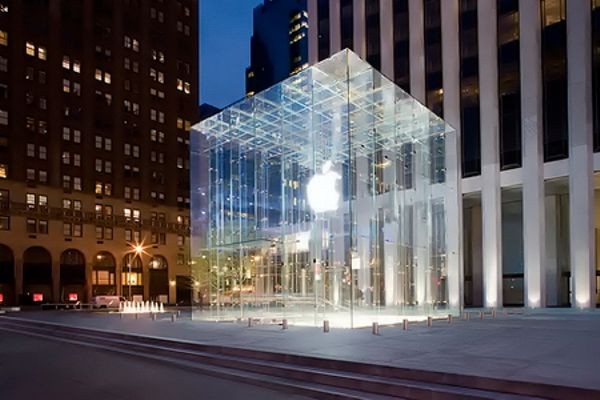
Apple Computer opened its second retail store in New York City. The 20,000-square foot store is situated in the underground concourse of the General Motors building at 767 Fifth Avenue. New Yorkers stood in line for hours in order to be among the first to enter. Open 24-hours a day, the shop is visible at street level through a 32-foot glass cube. It cost $9 million and was designed by Apple’s CEO Steve Jobs.

Microsoft Corp. and Intuit Inc. agreed to terminate their planned merger in order to avoid a Justice Department charge of violating antitrust laws. In the intervening three years, Microsoft continued to struggle against federal investigation of its dominance in the personal computer software market. Bill Gates' company had originally agreed to acquire Intuit in October 1994 in a deal worth roughly $2 billion but abandoned the plan after the Justice Department began an investigation of whether the move would give Microsoft too much dominance in the personal finance software market.
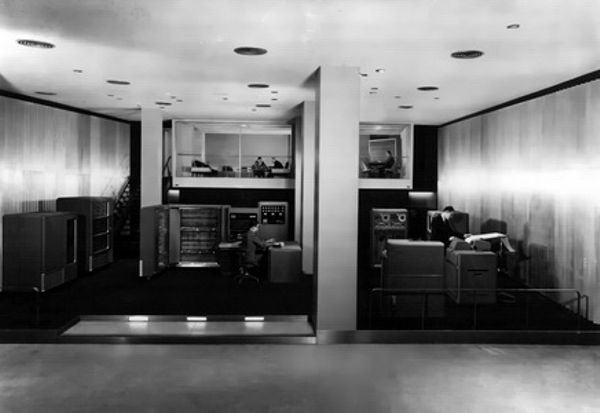
The announcement of the IBM 701 computer was a watershed moment for IBM as it signaled that the company was entering the computer business. At the time, IBM was the world’s largest supplier of punched card equipment and supplies, so building a computer was seen as a radical departure within IBM. A major reason IBM built the 701 was that it was described to IBM’s patriotic chairman Thomas Watson, Sr. as a “Defense Calculator” that would assist the US in fighting the Korean War, which had just started. Nineteen of the machines were sold, mainly to the government, military installations and West Coast aircraft manufacturers. They rented for $8,100 per month (equivalent to $56,000 per month in 2010).
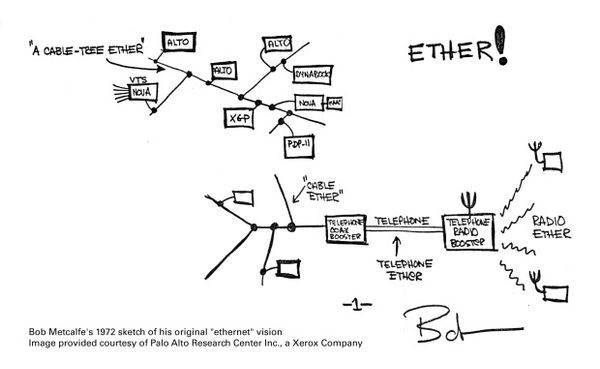
Robert Metcalfe, a researcher at the Xerox Palo Alto Research Center in California, writes his original memo proposing an "Ethernet," a means of connecting computers together. Metcalfe described the document, typed out on an IBM Selectric typewriter, as follows: "Ether Acquisition" ... heavy with handwritten annotations -- one of which was "ETHER!" -- and with hand-drawn diagrams -- one of which showed `boosters' interconnecting branched cable, telephone, and radio ethers in what we now call an internet.... If Ethernet was invented in any one memo, by any one person, or on any one day, this was it."
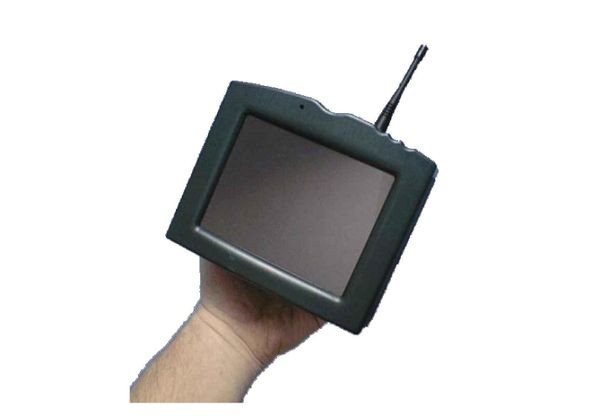
Sun Microsystems Inc. formally announced its new programs, Java and HotJava at the SunWorld '95 convention. Java was described as a programming language that, combined with the HotJava World Wide Web browser, offered the best universal operating system to the online community. The concept behind the programs was to design a programming language whose applications would be available to a user with any kind of operating system, eliminating the problems of translation between Macintoshes, IBM-compatible computers, and Unix machines.
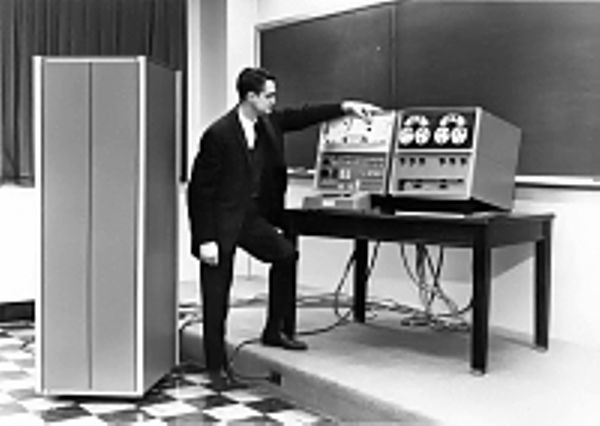
Wes Clark began his work on LINC, or the Laboratory Instrument Computer, at MIT's Lincoln Laboratory. His plan was to create a computer for biomedical research, that was easy to program and maintain, that could be communicated with while it operated, and that could process biotechnical signals directly. Building on his previous experience in developing the Whirlwind, TX-0, and other early computers, Clark set to work on one of the earliest examples of a "user friendly" machine -- setting the standard for personal computer design in the following decades.
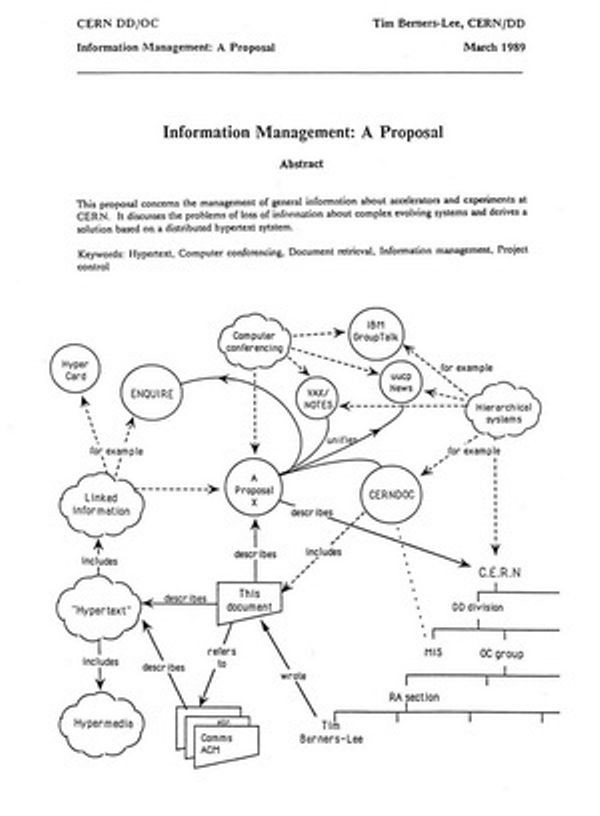
CERN hosted the first international World Wide Web conference, which continued through May 27. At the conference, researchers expanded on Tim Berners-Lee's concept of a single storage facility for a variety of information -- a design that would greatly aid his research at CERN, where he previously had to use a number of different programs and locations to collect what he needed. While participants understood the usefulness of Berners-Lee's concept and HyperText Markup Language, few guessed how quickly the Web would expand to millions of users globally.


